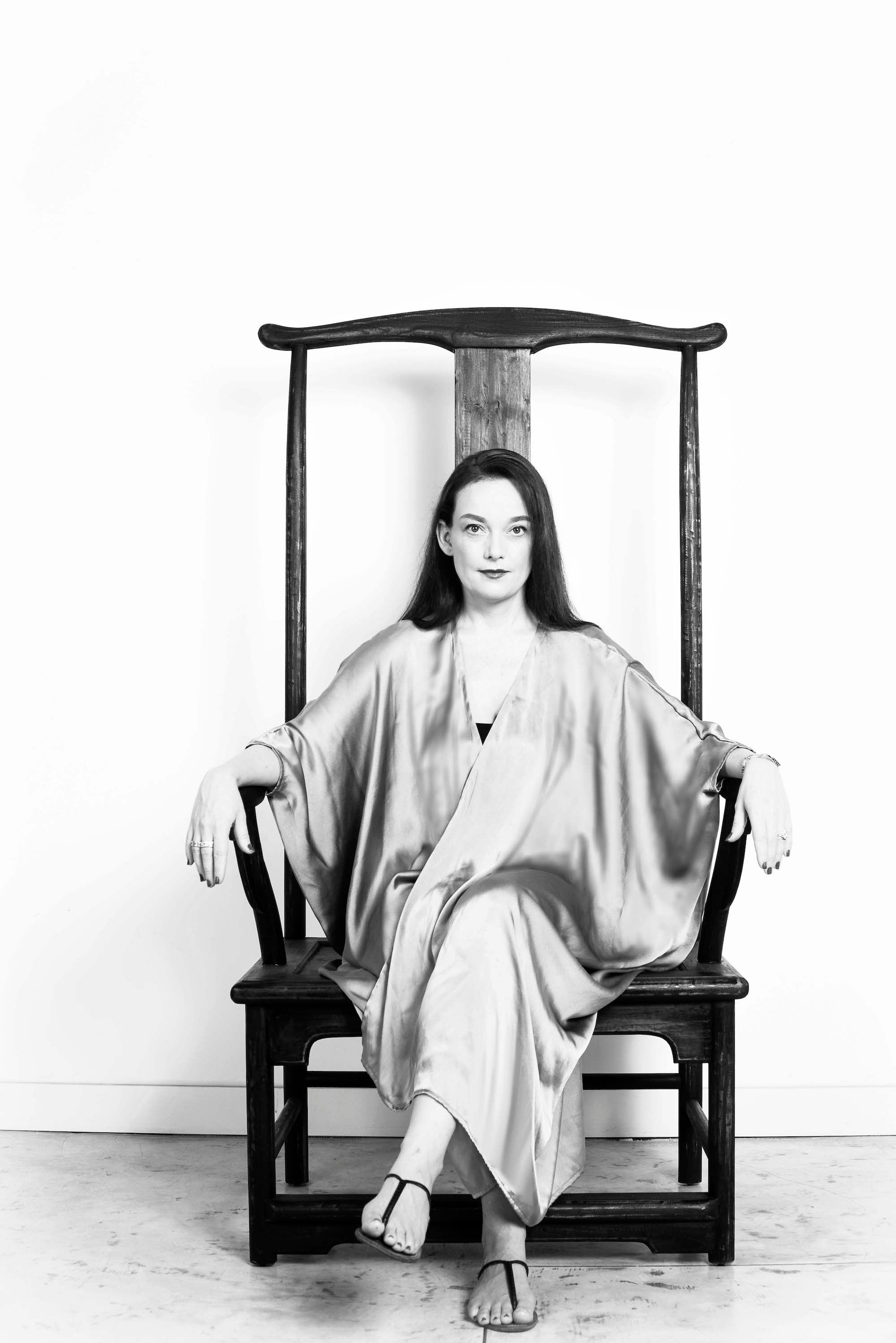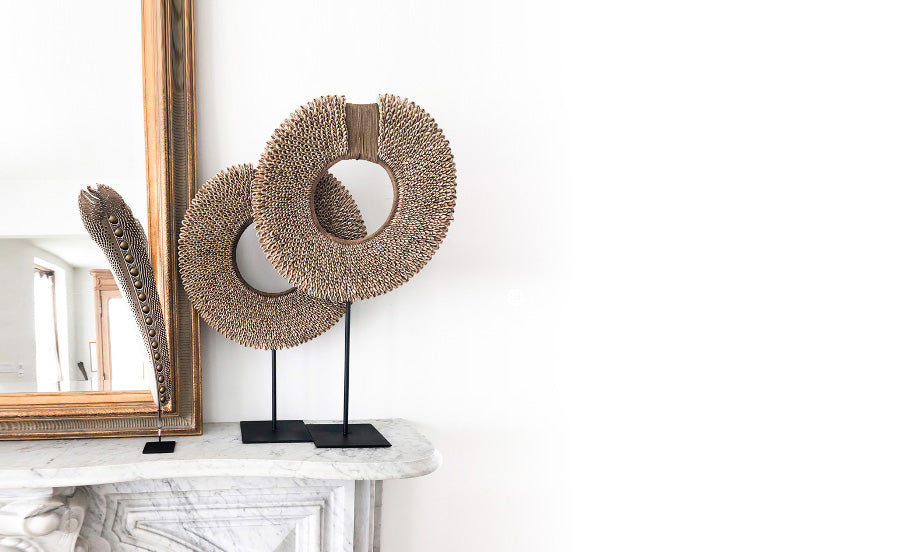
From Ancient Temples to Modern Homes: The Evolution of Buddha Statues

The tradition of carving Buddha statues from stone in Southeast Asia can be traced back to ancient civilizations, with pieces dating back to as early as the 5th century AD. The skill and artistry of these ancient carvers was passed down through generations, and the tradition has continued to the present day. Throughout history, the craft has evolved, with different styles and techniques developing in different regions and periods.
One of the most notable examples of stone Buddha statues in Southeast Asia is the collection at the Buddhist temple complex of Borobudur in Central Java, Indonesia.

The temple, which was built in the 9th century AD, contains over 2,600 relief panels and 504 Buddha statues carved into the rock. The statues, which are arranged in a mandala-like formation, are considered to be some of the finest examples of ancient stone carving in Southeast Asia. They are also considered to be one of the greatest Buddhist monuments in the world.
In modern times, the tradition of stone Buddha carving continues to thrive in Southeast Asia with statues that are highly sought after by collectors and enthusiasts. Some of the most notable modern stone carvers are from Java in Indonesia, known for creating intricate and detailed statues using local stone in a beautiful testament to their skill, devotion and cultural heritage.
In our Web-Shop at kirschon.com and in our Showroom in Dizzasco on Lake Como you'll find an exclusive selection of Buddha and other stone statues from Southeast Asia, crafted by local artisans as per ancient techniques. Enjoy free shipping to most European countries and Tax Free rates to locations outside of the EU!
For any questions or inquiries don't hesitate to contact us at info@kirschon.com or by phone/whatsapp at: +39 331 9632422





Dejar un comentario
Este sitio está protegido por hCaptcha y se aplican la Política de privacidad de hCaptcha y los Términos del servicio.